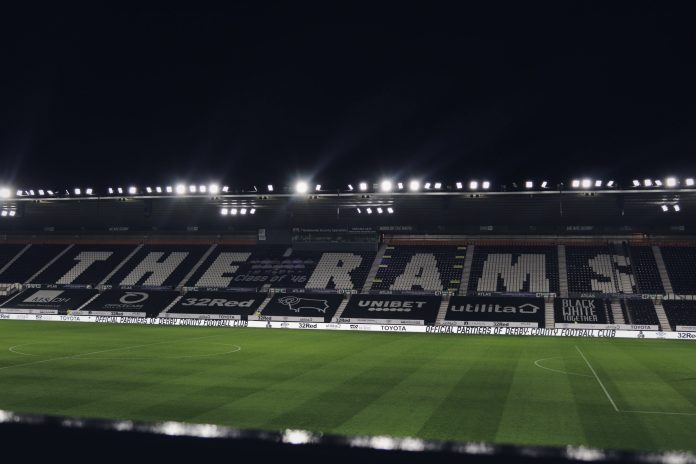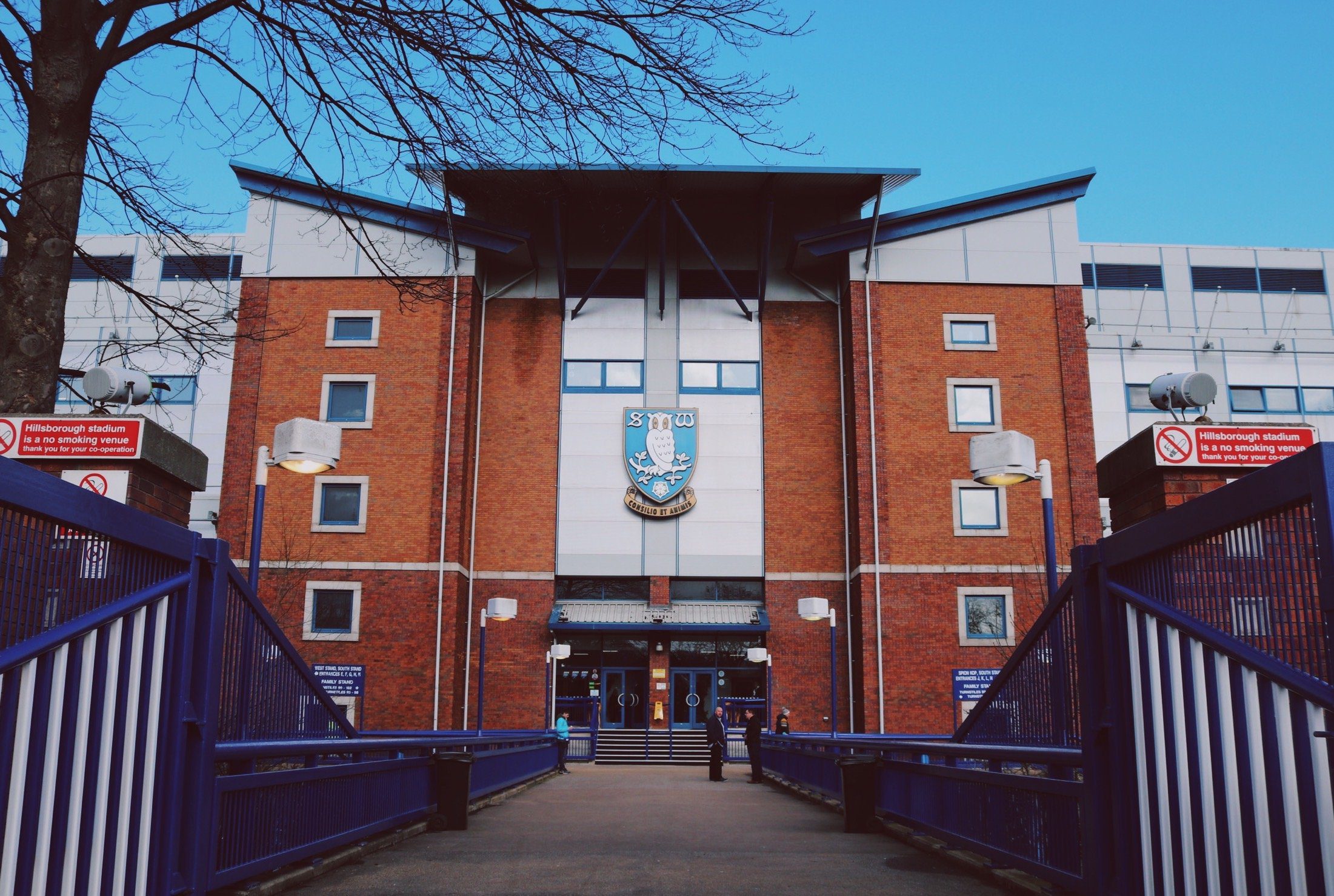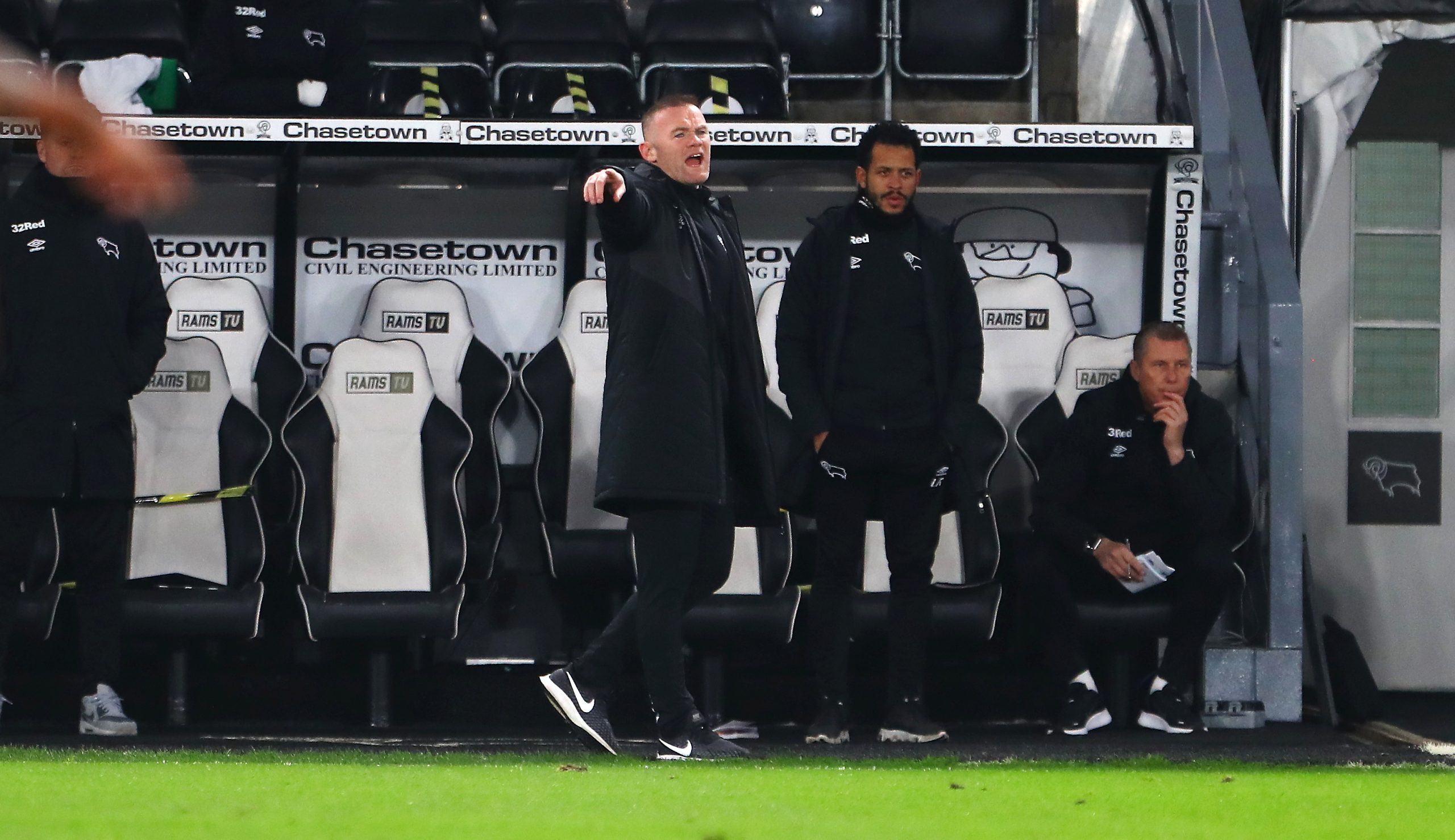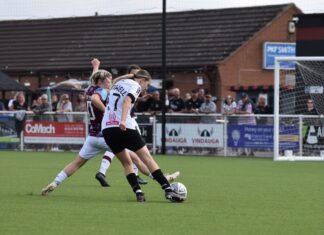
Derby County and Sheffield Wednesday both possess rich histories in English football, winning six first division titles between them in the 20th century.
Now, however, they are relying on Rotherham United, who have never been above the second tier in their 95-year history, to keep them in the Championship.
Where did it all go wrong for two of England’s biggest sleeping giants?
The state of play
The permutations are a tad complicated to explain at present as Rotherham currently have a game in-hand on both the Rams and the Owls. This means they have two games remaining. Should they win both of these matches, it is likely they will secure safety due to carrying a greater goal difference than Derby and Wednesday.
However, if the Millers slip up, Saturday’s clash between Derby and Wednesday at Pride Park could essentially become a winner takes all match, with only the side that secures the three points remaining in the Championship.
With League One potentially on the horizon for two clubs that were once as the top of the game, questions must be asked as to how they fell into this position.
Off-field issues
Both clubs have suffered greatly off the pitch in the last few years.
The Owls began the campaign already on the back-foot, having been awarded a 12-point deduction for breaching the EFL’s profitability and sustainability regulations. This was later halved to six points.

This was one of many public showings of the financial issues with Dejphon Chansiri as owner. According to TransferMarkt, the club has spent £2 million on transfer fees in the last four years after a net spend in excess of £30 million on players between 2015 and 2017.
As recently as this week, it has been reported in The Telegraph that the club failed to pay its player and staff wages for the month of April.
There are striking similarities in the two clubs’ demise with Derby also being locked in legal battles with the EFL during the last couple of years.
As with Wednesday, this can be traced back to a period of mass expenditure during the 2015/16 campaign which saw owner Mel Morris spend £30 million in less than a year on transfer fees alone. Derby lost out in the play-off semi-finals that season to eventual winners Hull who beat Wednesday in the final to secure Premier League promotion.
The Rams’ issues have led to a lengthy search to find new ownership with an Abu Dhabi royal failing to deliver on promises leading to recent links with a tycoon led by Spanish boxing promoter Erik Alonso. The takeover is yet to be completed as it is still waiting for EFL approval.
Problems on the pitch
The two clubs’ status cannot be put solely down to financial issues. On-field performance has seen Derby and Wednesday falling from play-off finalists in 2019 and 2016 respectively to the cusp of League One relegation.
The Owls have flown through managers in recent years, with three having stints in charge this season, one of them, that of Tony Pulis, lasting just 45 days. Darren Moore is now at the helm, having been appointed in March. Just three wins from 11 games though, sees the Owls in a perilous position.
Although they have been plagued by financial issues, they still possess a squad more than capable of competing in the Championship with the likes of Barry Bannan and Adam Reach, who were key members of the squad that made it to the 2015/16 play-off final, and the semi-finals the following season, still in the side.
Despite the team’s experience, Wednesday have thrown away points, struggled hugely in-front of goal and lost games they should have won. Their poor performance is as much to blame as the off-field problems for their demise.
For Derby, the reasons for their struggle are no different. An experienced team, with bags of talent, which had aspirations of achieving promotion seems to be failing.
When manager Wayne Rooney took charge last November, there was a stint where their fortunes were on the up and they began to pull away from the bottom three. However, that period of form coincided with the return of Krystian Bielik who helped the Rams to six wins and three draws from 13 matches.

However, since he suffered an anterior cruciate ligament injury in a victory over Bristol City began, Derby have only registered four wins in 19 games, taking them to a total of just five victories from 31 outings without Bielik.
Right now, the two clubs’ Championship safety is in Rotherham’s hands but should the Millers falter in their push for survival, whichever one of Derby and Wednesday stays up will have been given an almighty let off.







